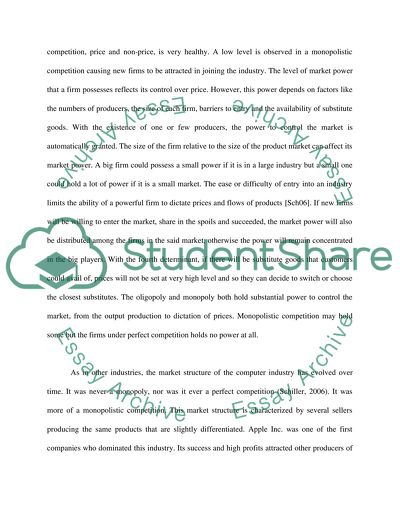Cite this document
(“Differentiaitng between market structures Essay”, n.d.)
Differentiaitng between market structures Essay. Retrieved from https://studentshare.org/macro-microeconomics/1473666-differentiaitng-between-market-structures
Differentiaitng between market structures Essay. Retrieved from https://studentshare.org/macro-microeconomics/1473666-differentiaitng-between-market-structures
(Differentiaitng Between Market Structures Essay)
Differentiaitng Between Market Structures Essay. https://studentshare.org/macro-microeconomics/1473666-differentiaitng-between-market-structures.
Differentiaitng Between Market Structures Essay. https://studentshare.org/macro-microeconomics/1473666-differentiaitng-between-market-structures.
“Differentiaitng Between Market Structures Essay”, n.d. https://studentshare.org/macro-microeconomics/1473666-differentiaitng-between-market-structures.


